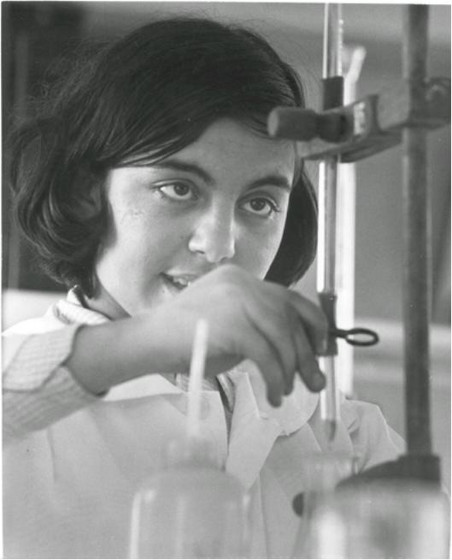O. R. T.
| Numéro d'objet: |
17146 |
| Photographe: |
Anonyme |
| Date: |
1960 |
| Catégorie: |
Photographie |
| Origine: |
Casablanca |
| Thème: |
Ecole |
Recherche dans "Notes":
Collection Maurice Arama
The first programs created by ORT - and the organizational framework that continues to this day - were dictated by the demand of the market. In 1909, the industrialization in Russia created a need for artisans - so that is what ORT trained people to do. They developed courses for electricians in Vilna where electric streetcars were being introduced. They offered automotive courses in St. Petersburg when the automobile began taking root there in 1910. ORT's training programs varied to meet the needs of Jews depending on where they lived and what the gaps in the workforce were. That flexibility and diversity meant that ORT became as established educational leader in many fields within only its first few decades of existence.
After World War I, ORT's focus went global. Beginning in Europe, they opened vocational and agricultural schools, providing the tools, training - even the seeds - to encourage agricultural expansion. The organization itself was expanding as well. The headquarters moved - first to Berlin, then to France and finally to Geneva. Local groups - such as American ORT and Women's American ORT, ORT Canada and British ORT - were formed to support the growing network of programs and the ORT family grew. In 1938 however, Stalinist purges forced the closure of ORT programs in the Soviet Union. It would be almost 60 years before the orgainzation was able to return.
During World War II, ORT continued to serve Jewish communities - including those under Nazi occupation as well. In the Warsaw Ghetto, the German authorities gave ORT permission to open vocational training courses. Those courses continued throughout the war and until the liquidation of the Ghetto. They served as a template for similar ORT programs in other Jewish centers like Lodz and Kovna.
After the end of World War II, the extent of the Nazi atrocities became clear and again, ORT adapted to meet the needs of its community. Rehabilitation programs were established for the survivors, vocational training centers were set up in 78 DP (Displaced Persons) Camps and nearly 85,000 people acquired professions and the tools they would need to rebuild their lives.
When the State of Israel was established in May 1948, ORT operations were started in Jaffa and Jerusalem and though the Iron Curtain had resulted in the closure of ORT's activities in Eastern Europe, around the rest of the world - including Western Europe, Algeria, Morocco, Tunisia, Iran and India - ORT's activities intensified.
During the second half of the 20th century, ORT continued to provide education and relief services to Jewish communities in Israel, Africa and Asia while at the same time opening new programs to serve the Latin American Jewish communities in Argentina, Brazil and Uruguay. ORT students in all these places were trained to meet the demands of the modern workplace with a state-of-the-art education in technology and academics. In the early 1990s, ORT returned to the former Soviet Union and the Baltic States and now serves 27,000 students in 58 schools and educational institutions every year.

